The project's PCB is being designed in KiCad, with a custom enclosure in progress that will fit the custom PCB form factor. At this point in the project's development the specifications are:
- W65C816 MPU (x2)
- eZ80-190 MPU (x2)
- MIPS soft core (in FPGA)
- 256+ MB of DDR3 SDRAM
- "Alice" chipset.
- Yamaha OPL3 synthesizer
- Commodore 8580 SID (x2)
- Commodore 6581 SID (x2)
- 100 Mbit Ethernet
- SD card reader
- Parallel port (SPP, EPP & ECP)
- RS-232C port (x2)
- DVI output (VGA compatible)
- Stereo audio out, microphone input
- Single 3.5" floppy drive
Current status:
- Developing the "Alice" chipset using a Lattice ECP5-based development board.
- Case design mock-up has been completed.
- Sampling a number of (Microchip) Super-I/O ICs (SCH5027, SCH5627) that are 3.3V & LPC compliant.
- Board layout and schematic are progressing into the final stages before review.
 Maya Posch
Maya Posch

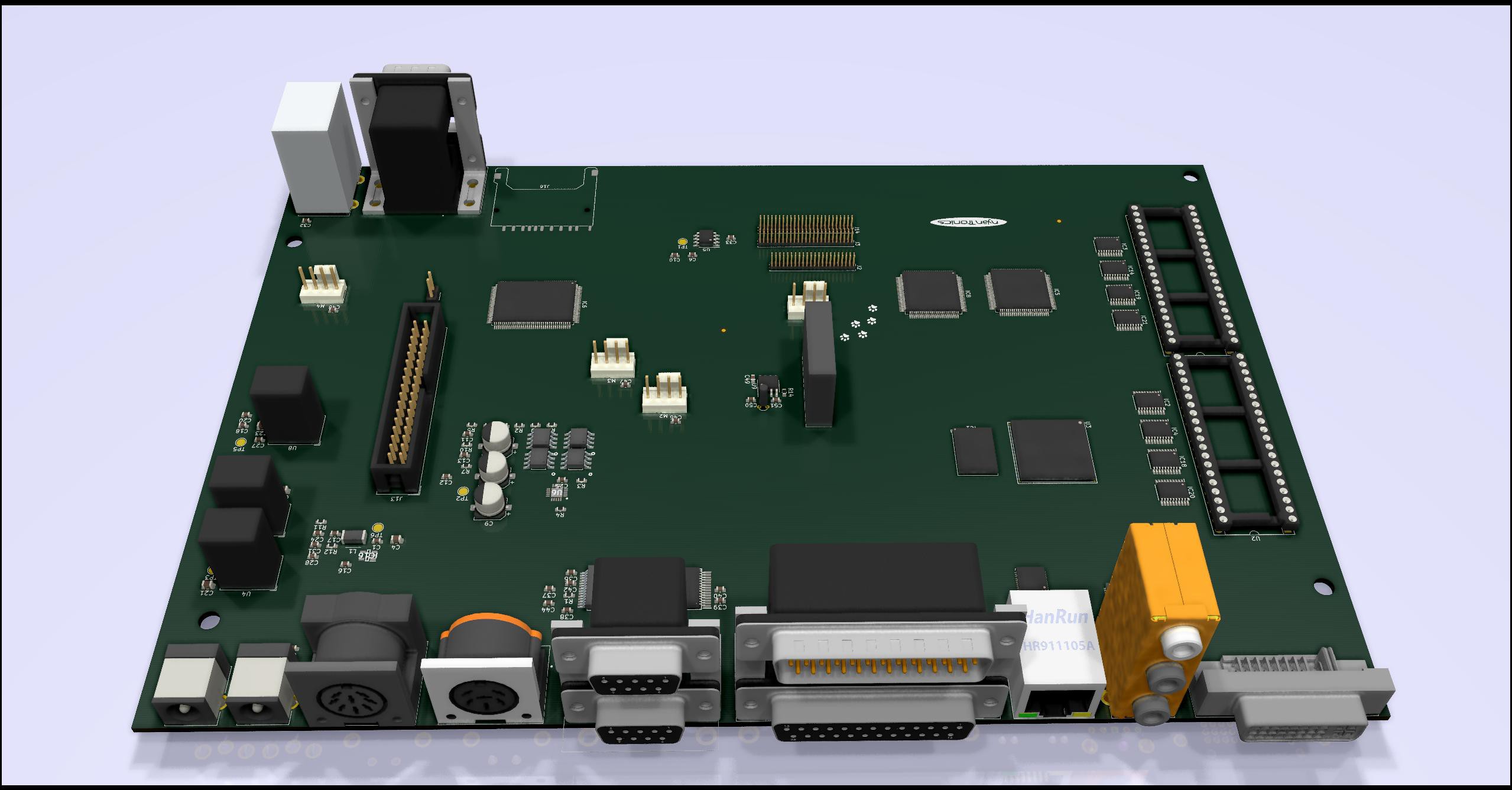
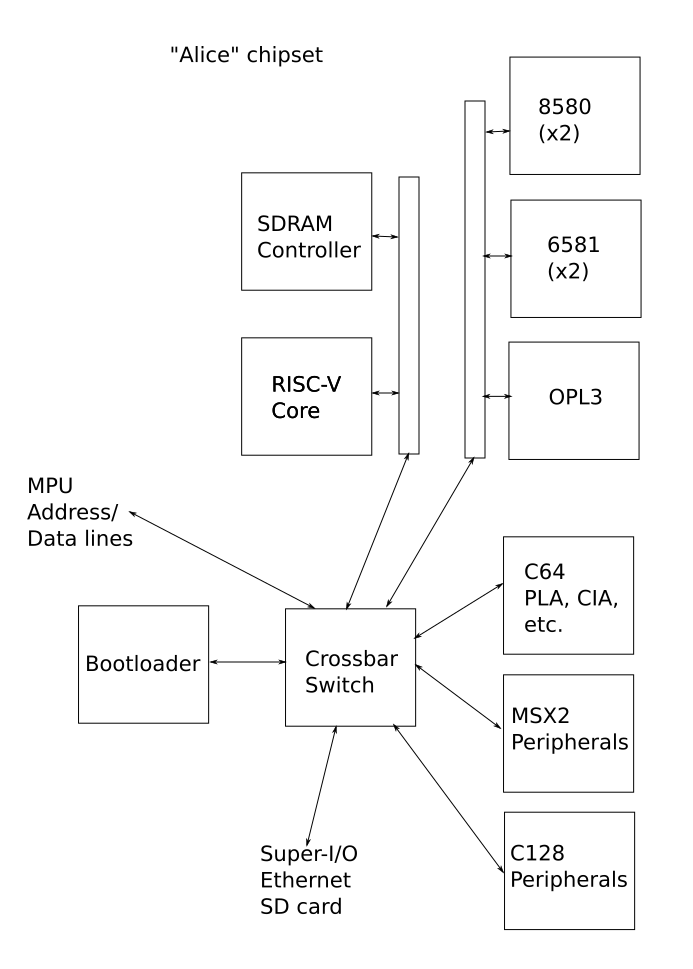
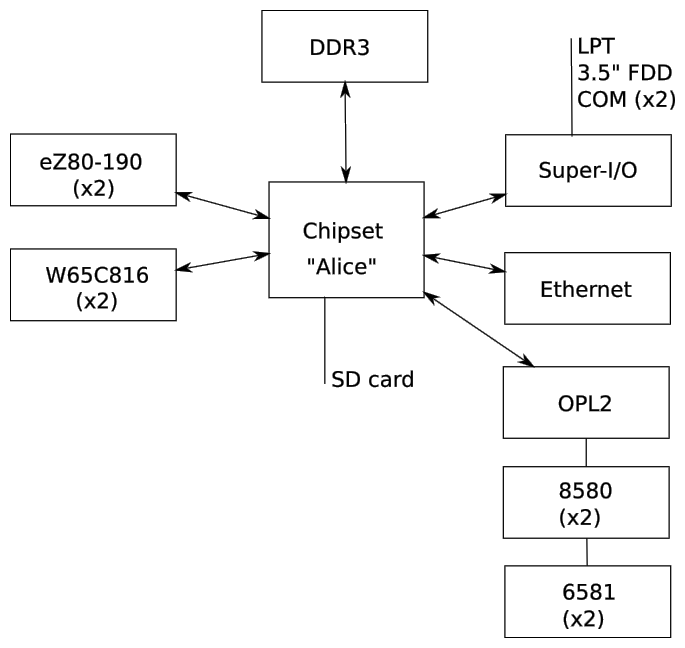


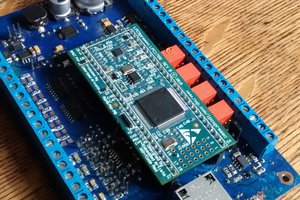

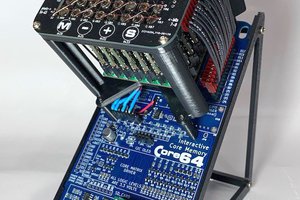
 Andy Geppert
Andy Geppert
 london almida
london almida
Hi
I think it's a very good project,? What state is it currently in? Are there any dates for completion, sale, etc.?
regards